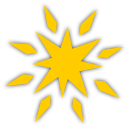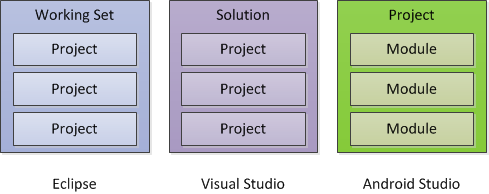Day 11: Abstract Sprite
Introduction
Each game we are going to make with our engine comprises of several scenes, and scenes will be made up of sprites. So what we are going to make today is a fundamental part of our graphics framework. What Sprites usually bring to mind are pictures or small pieces of animation that are integrated into the scene. Our definition of sprite is a bit wider and encapsulates everything that you can see on the scene, even pieces of text. We will originally have a few typed of sprites as depicted in the figure below. You can think of other sprite types to add to the framework.
![]()



